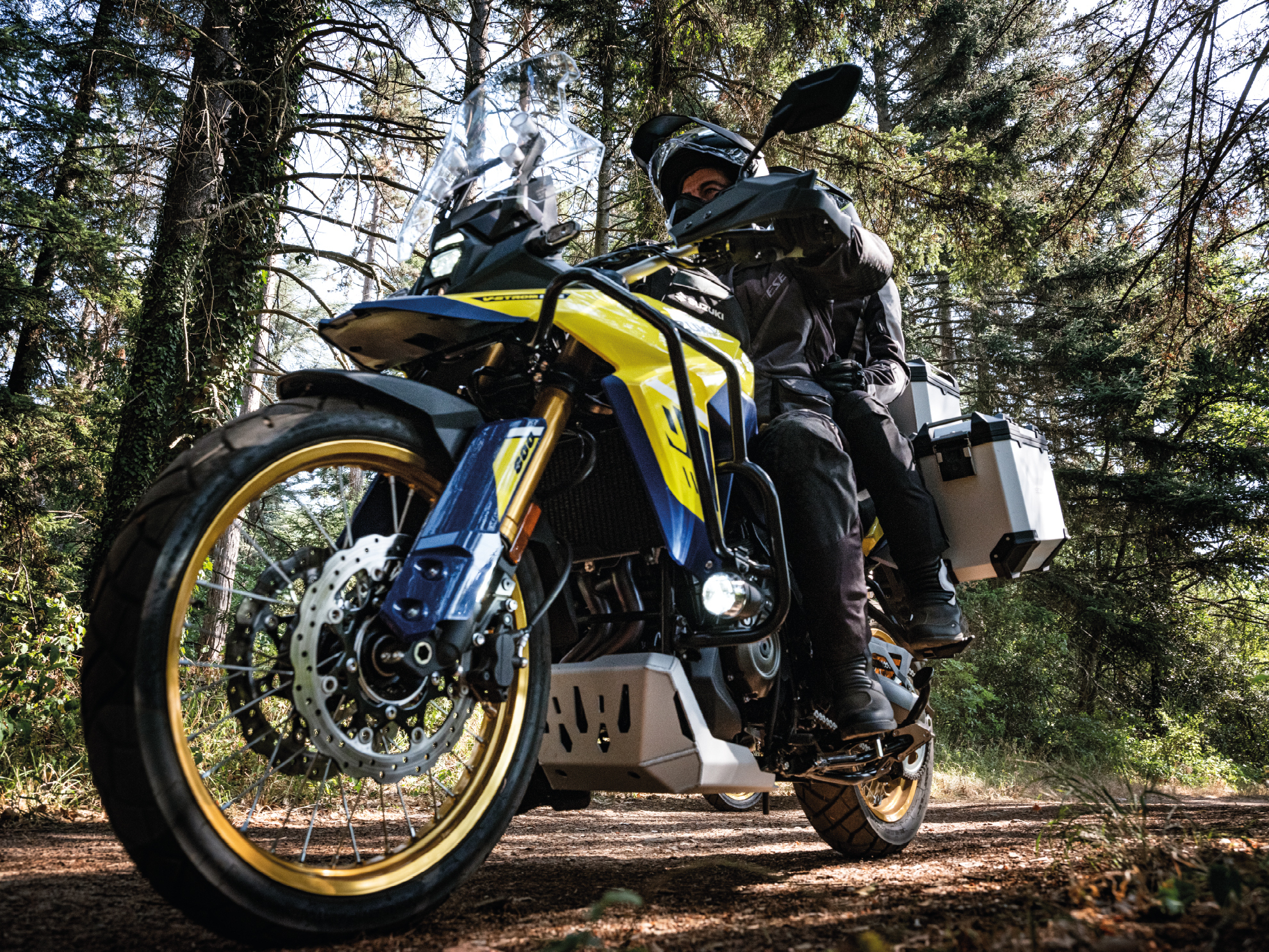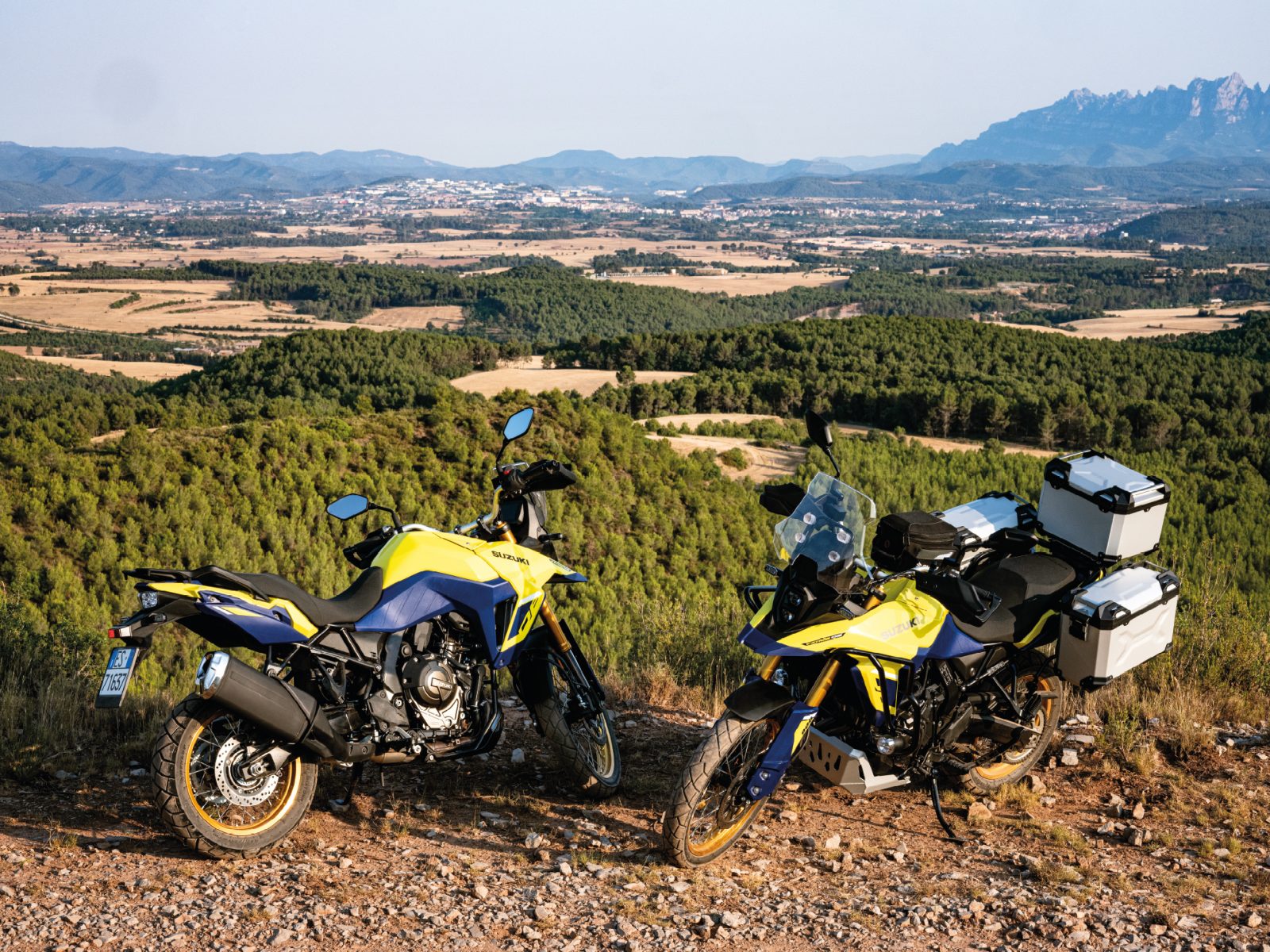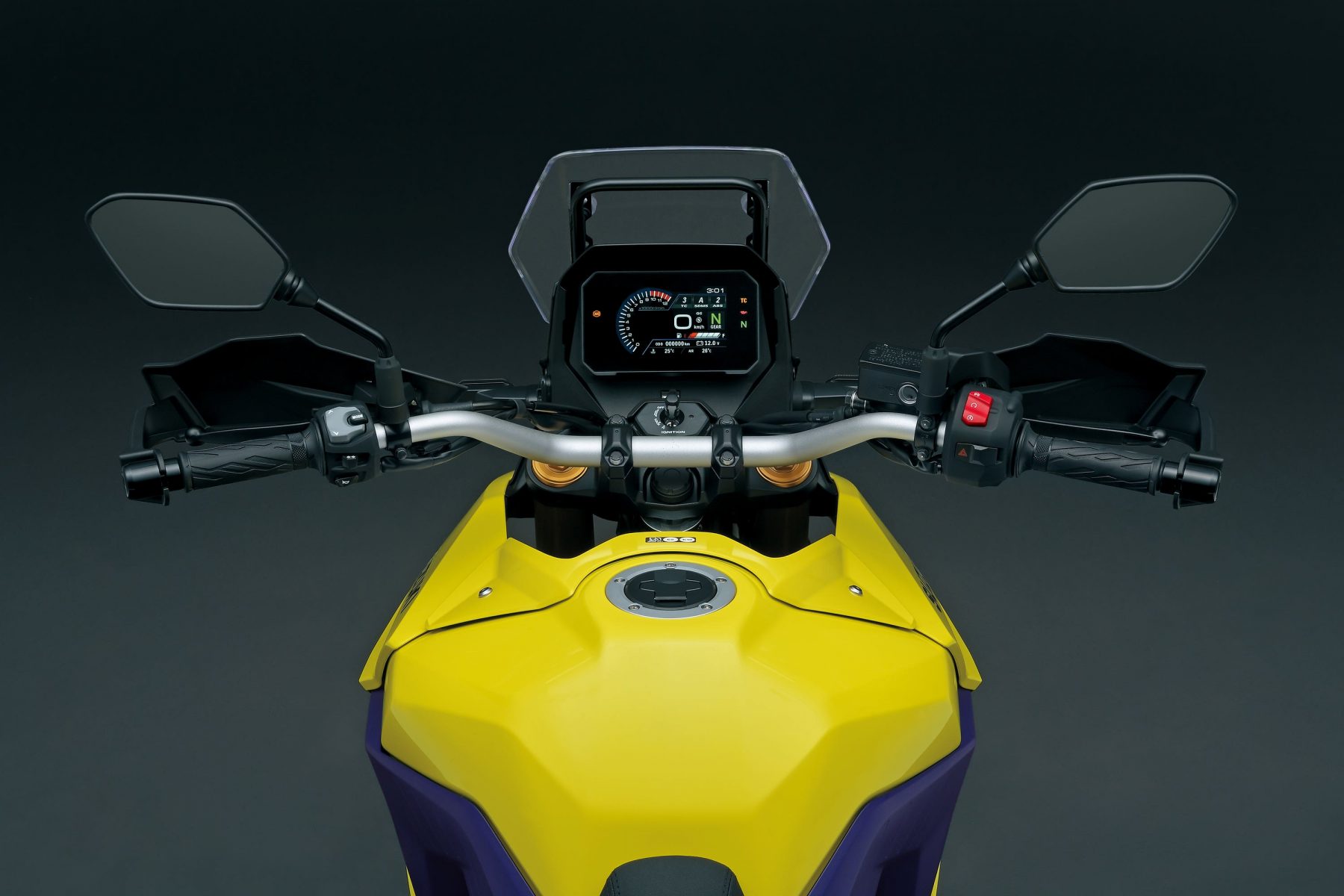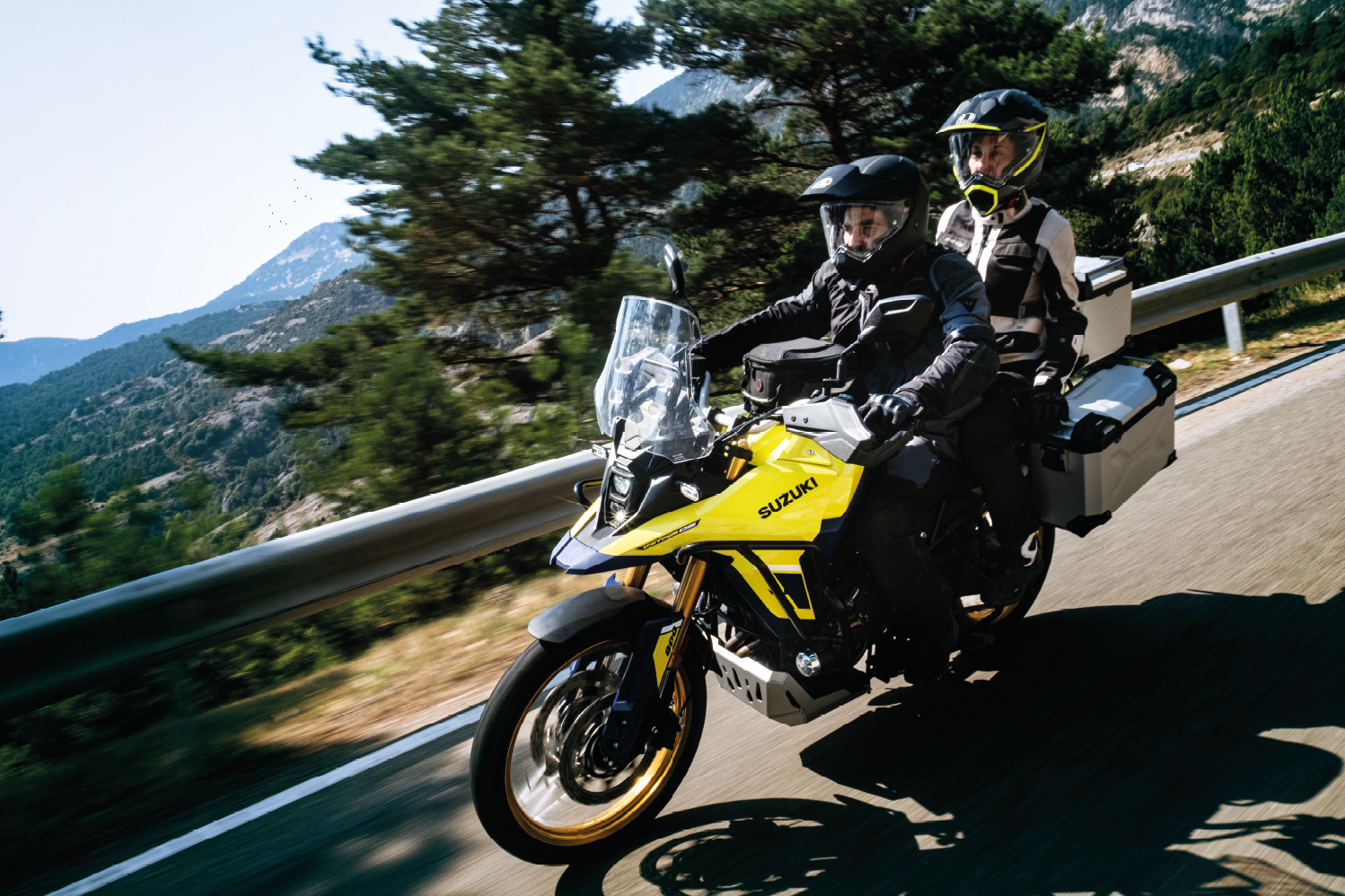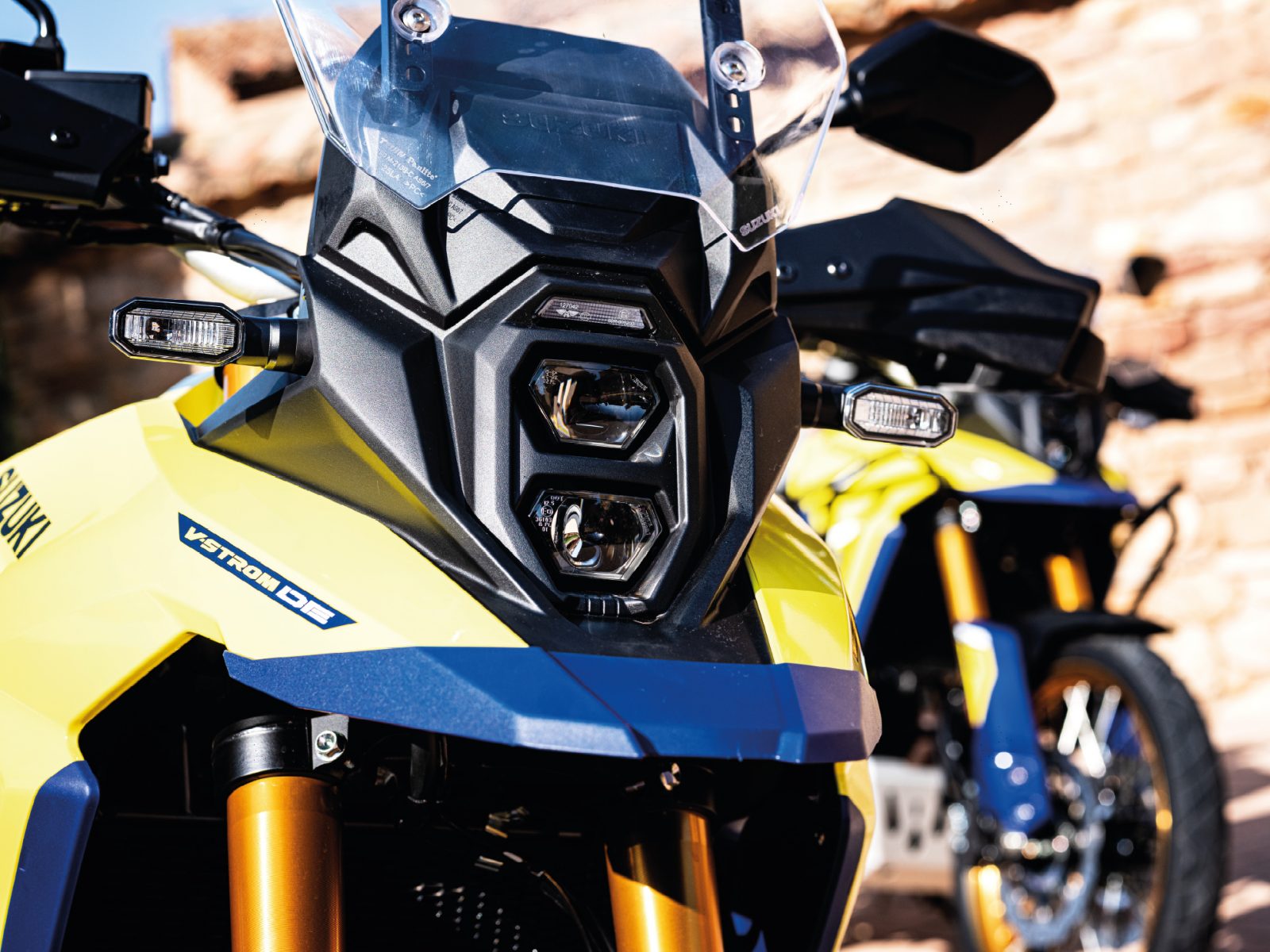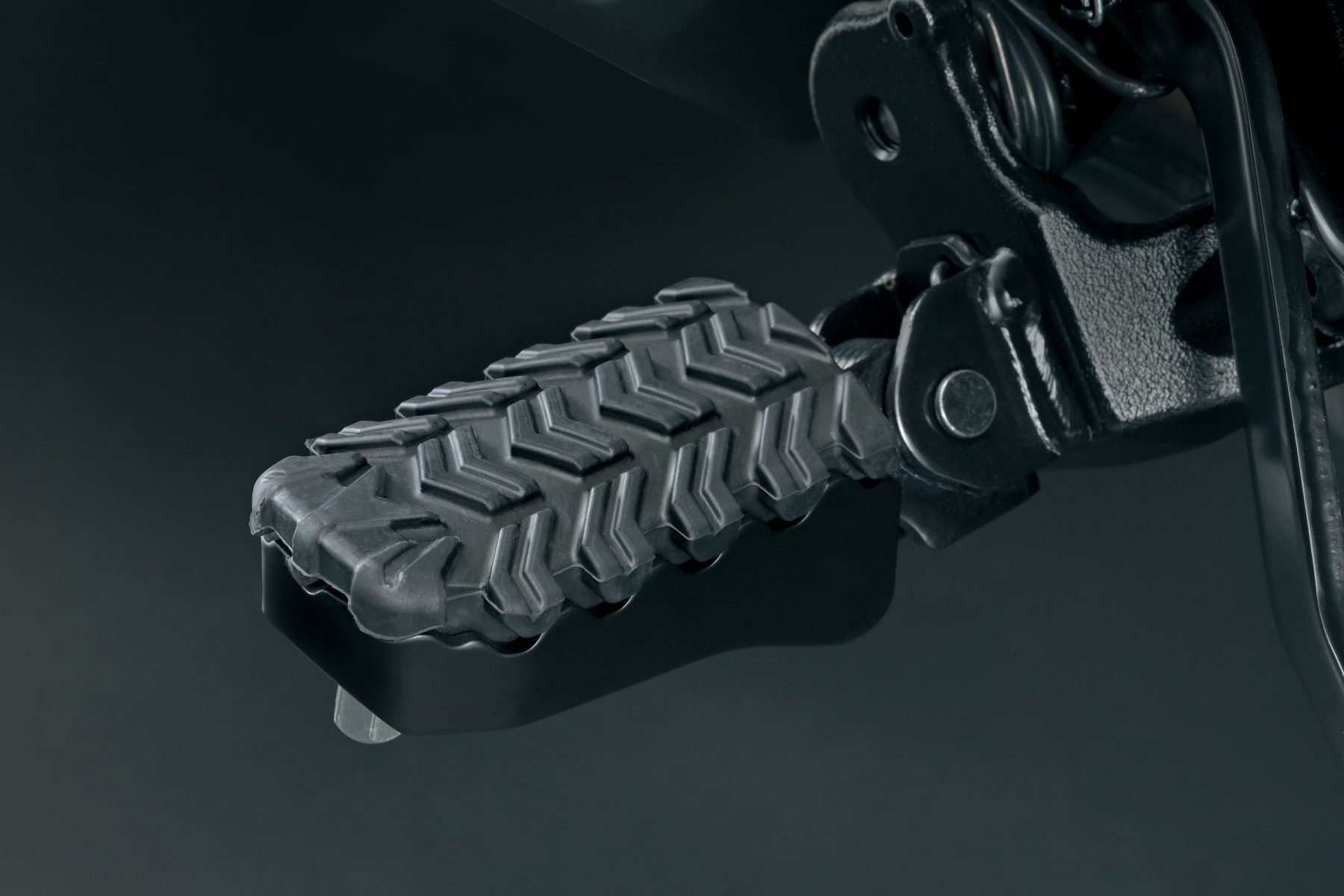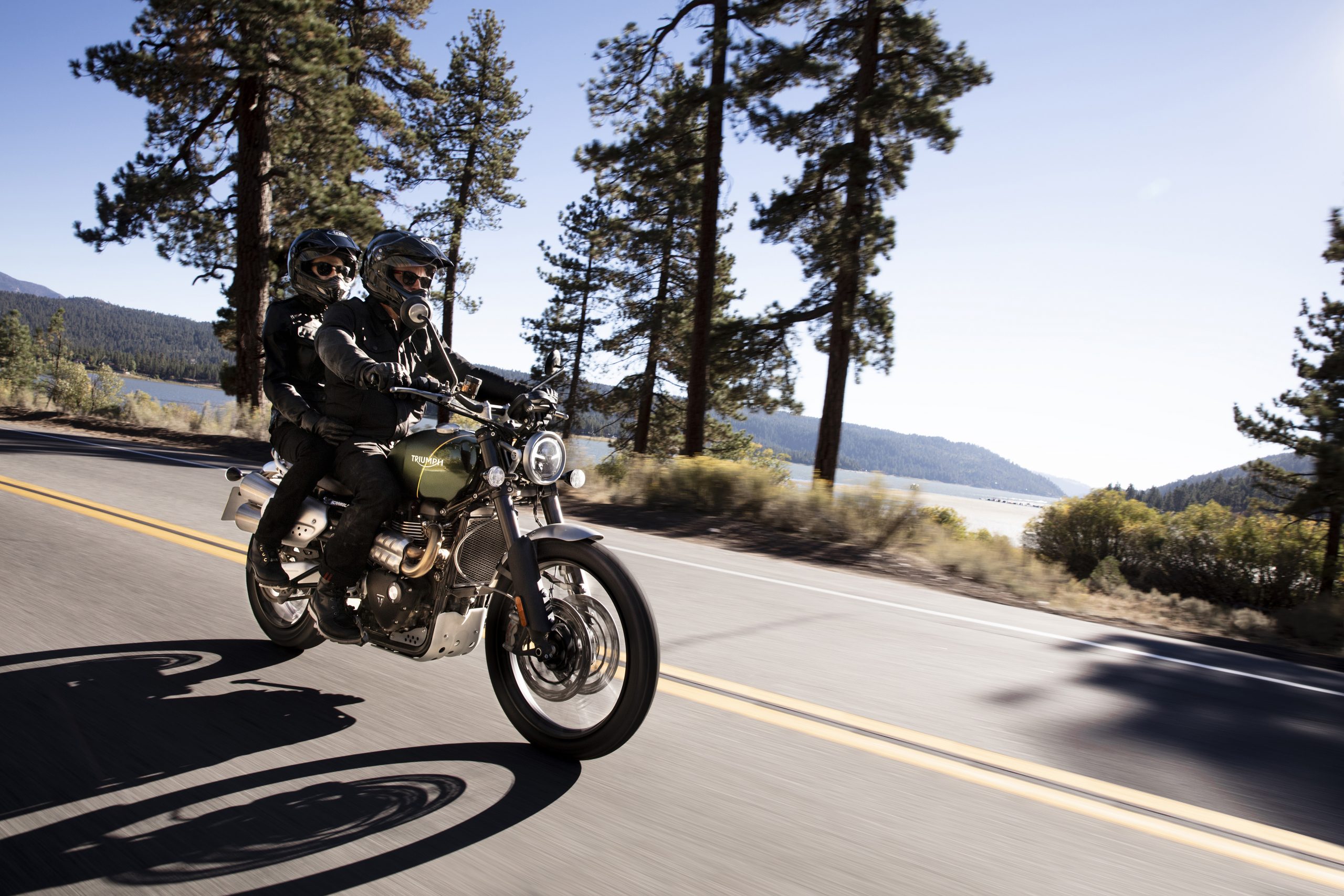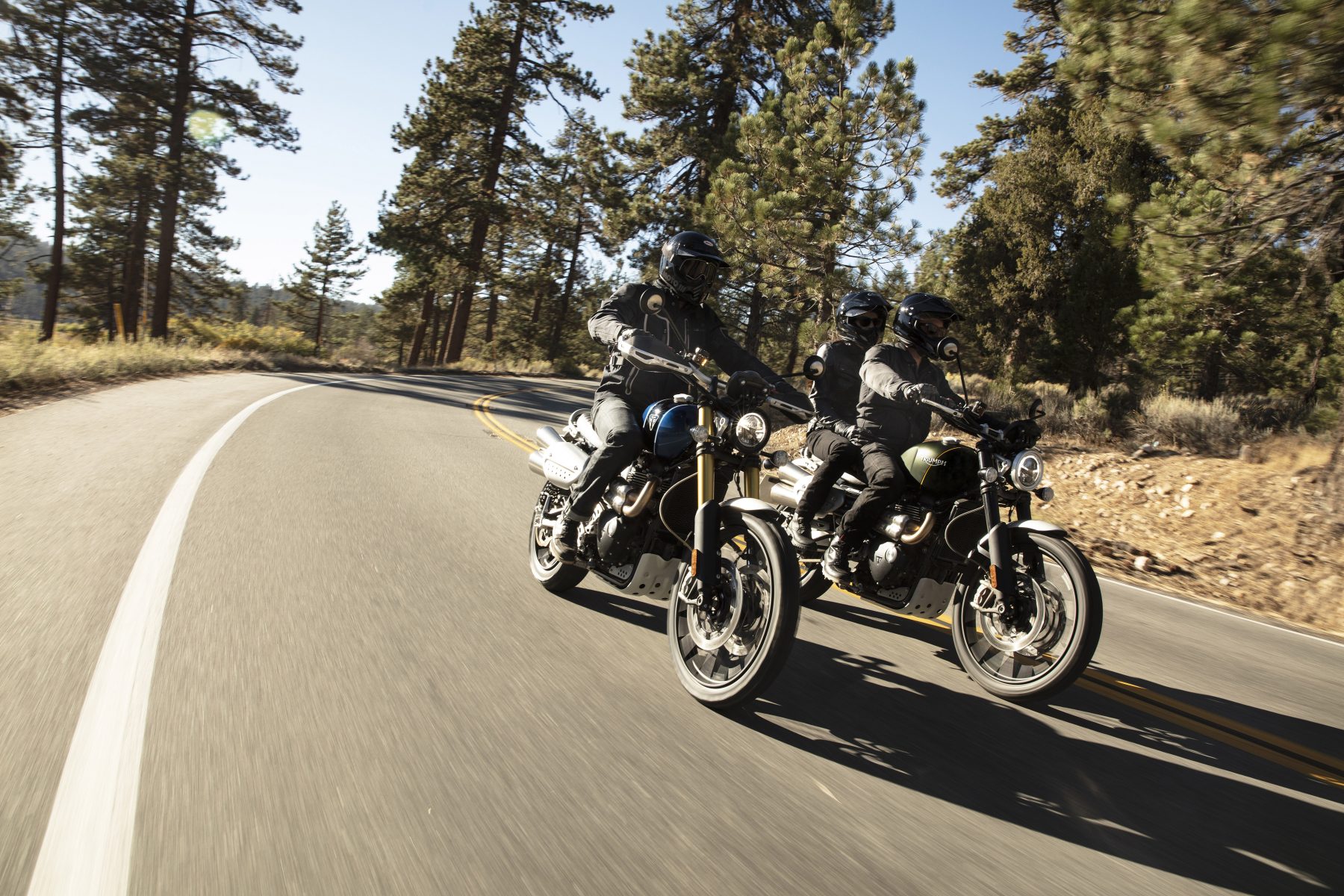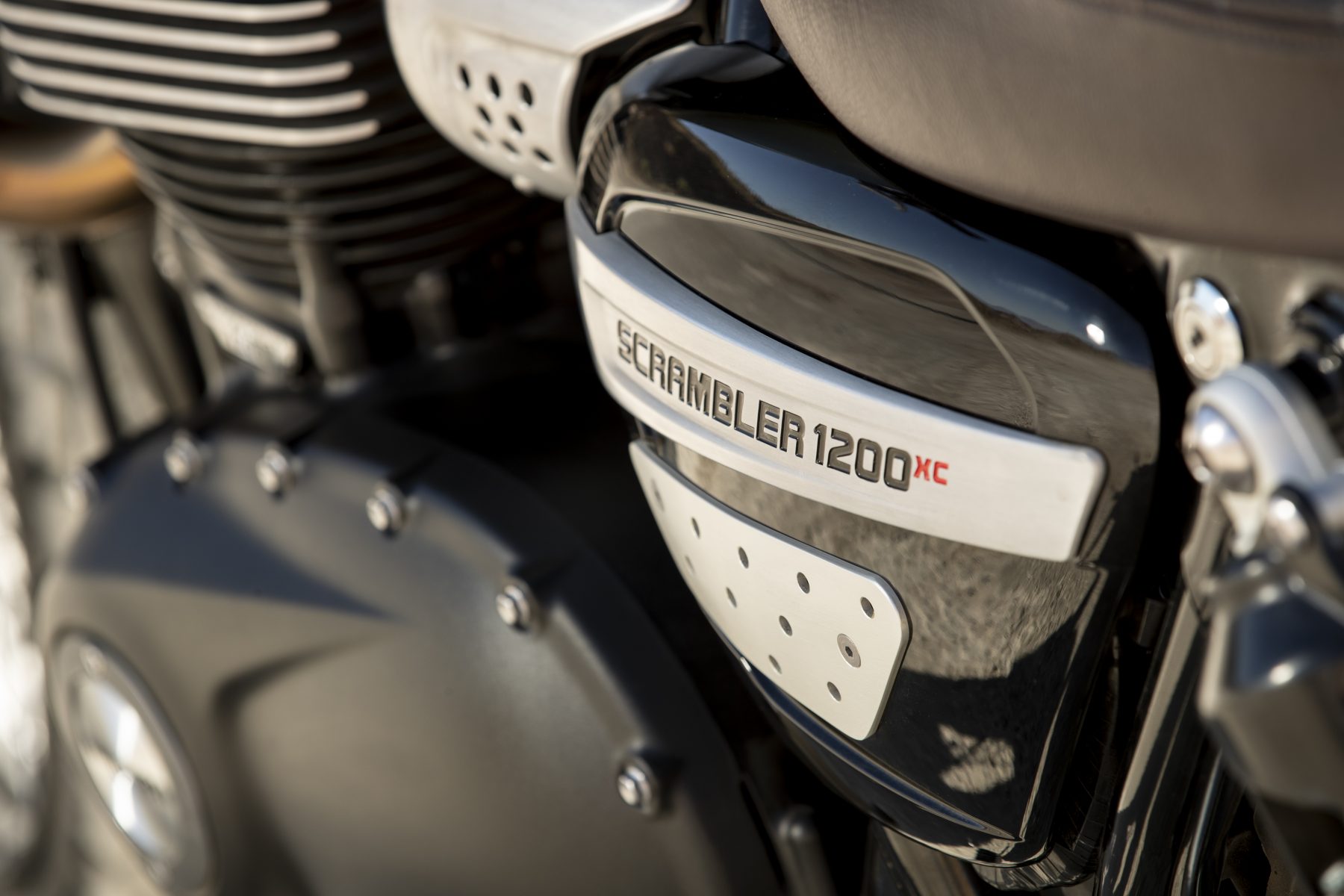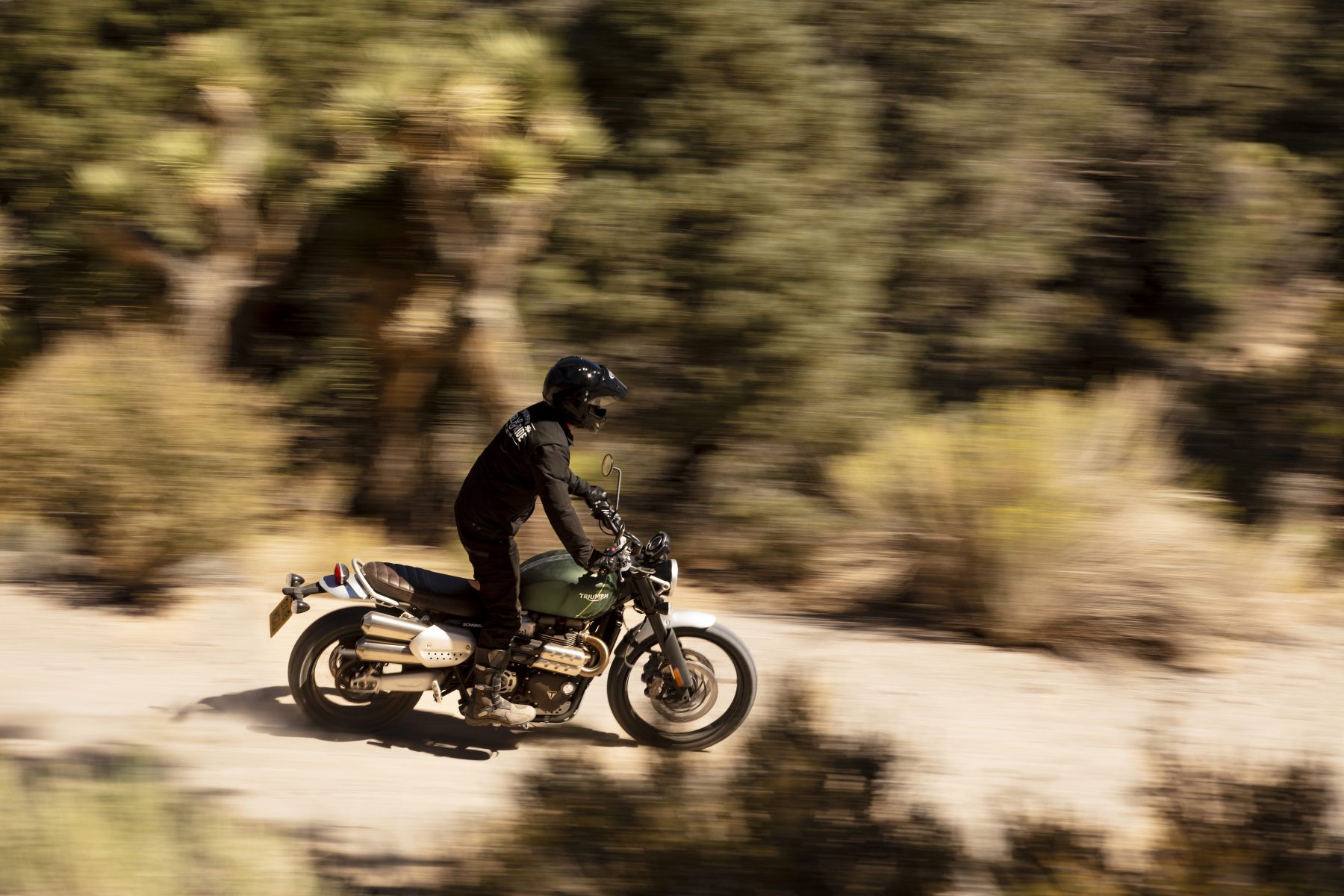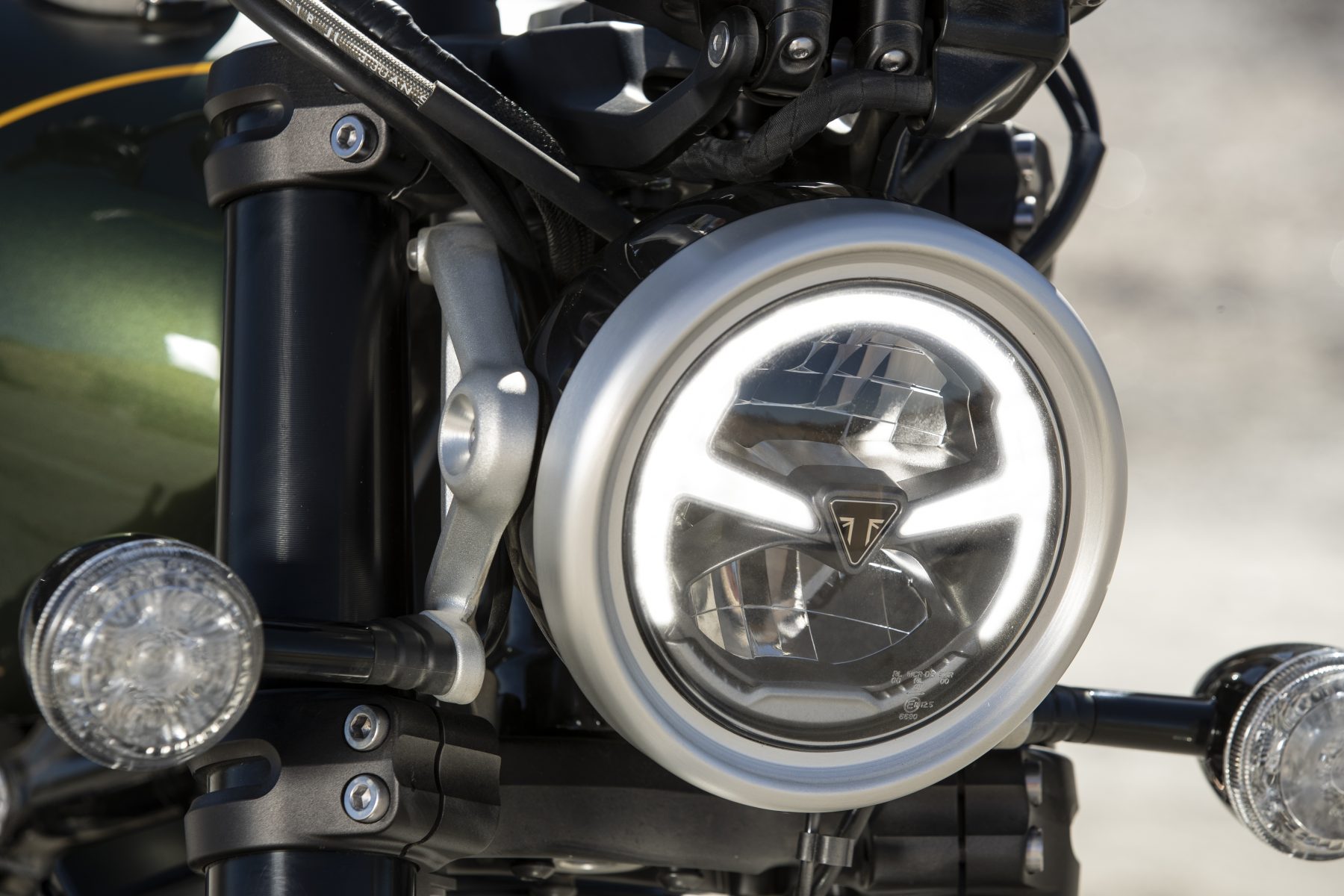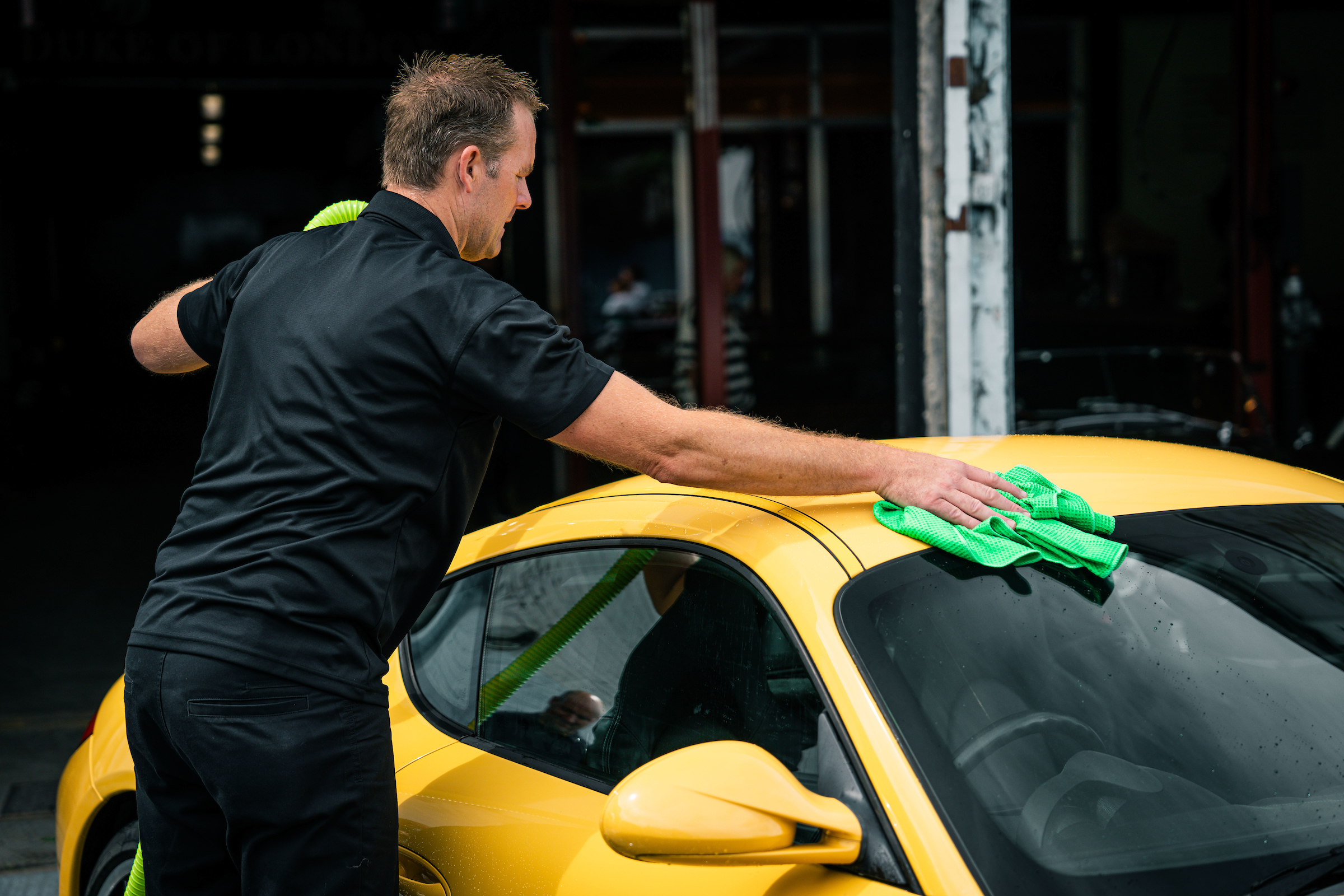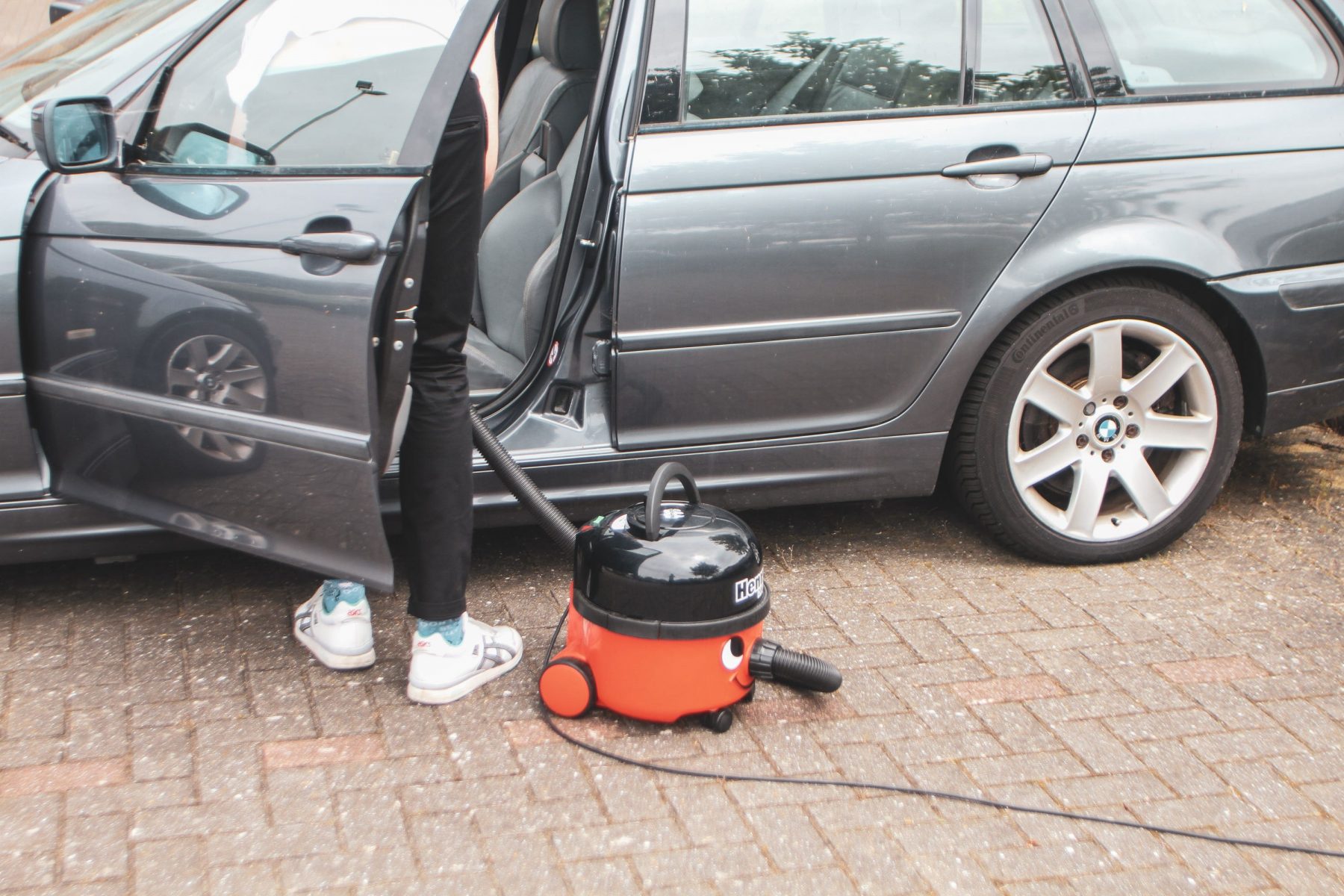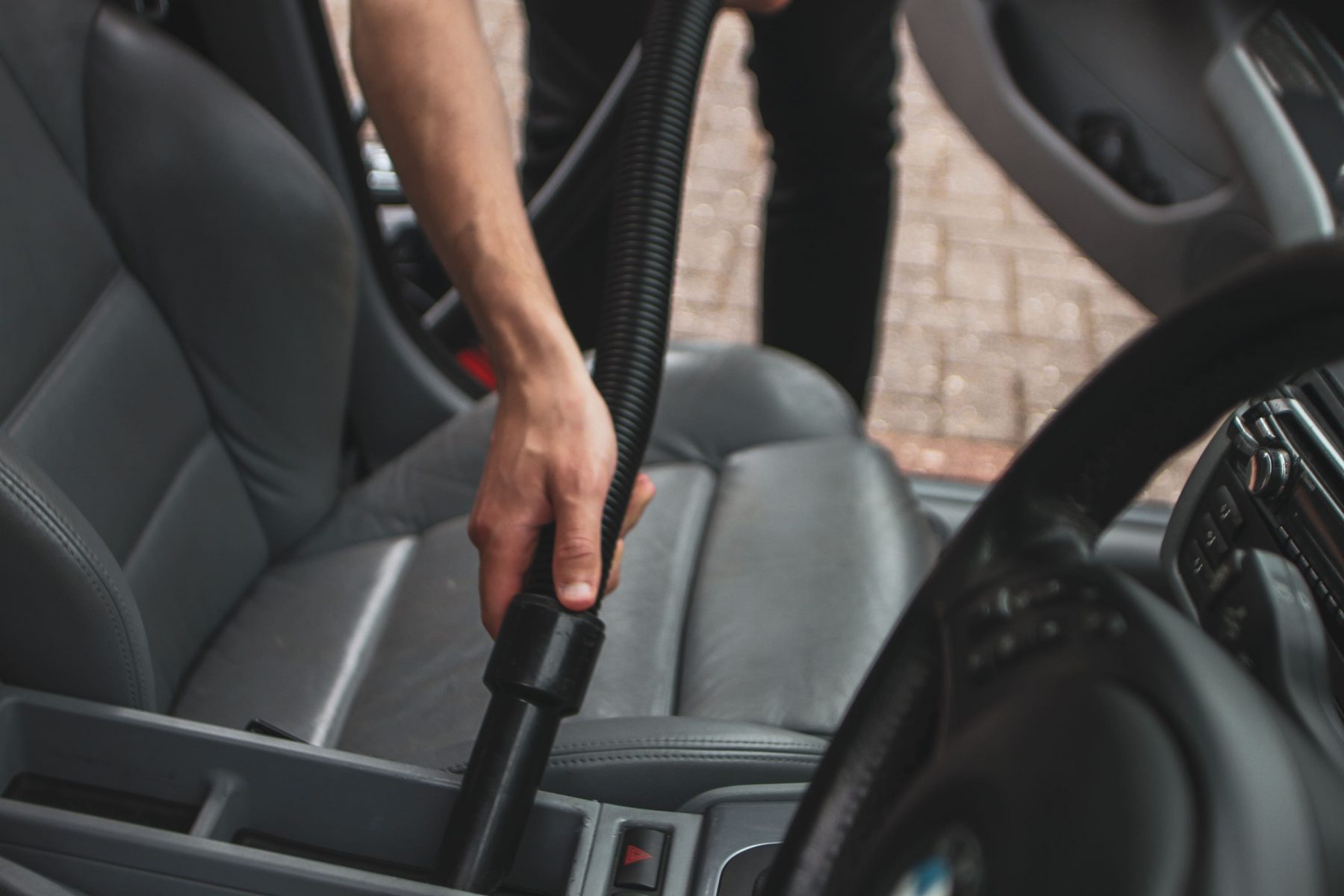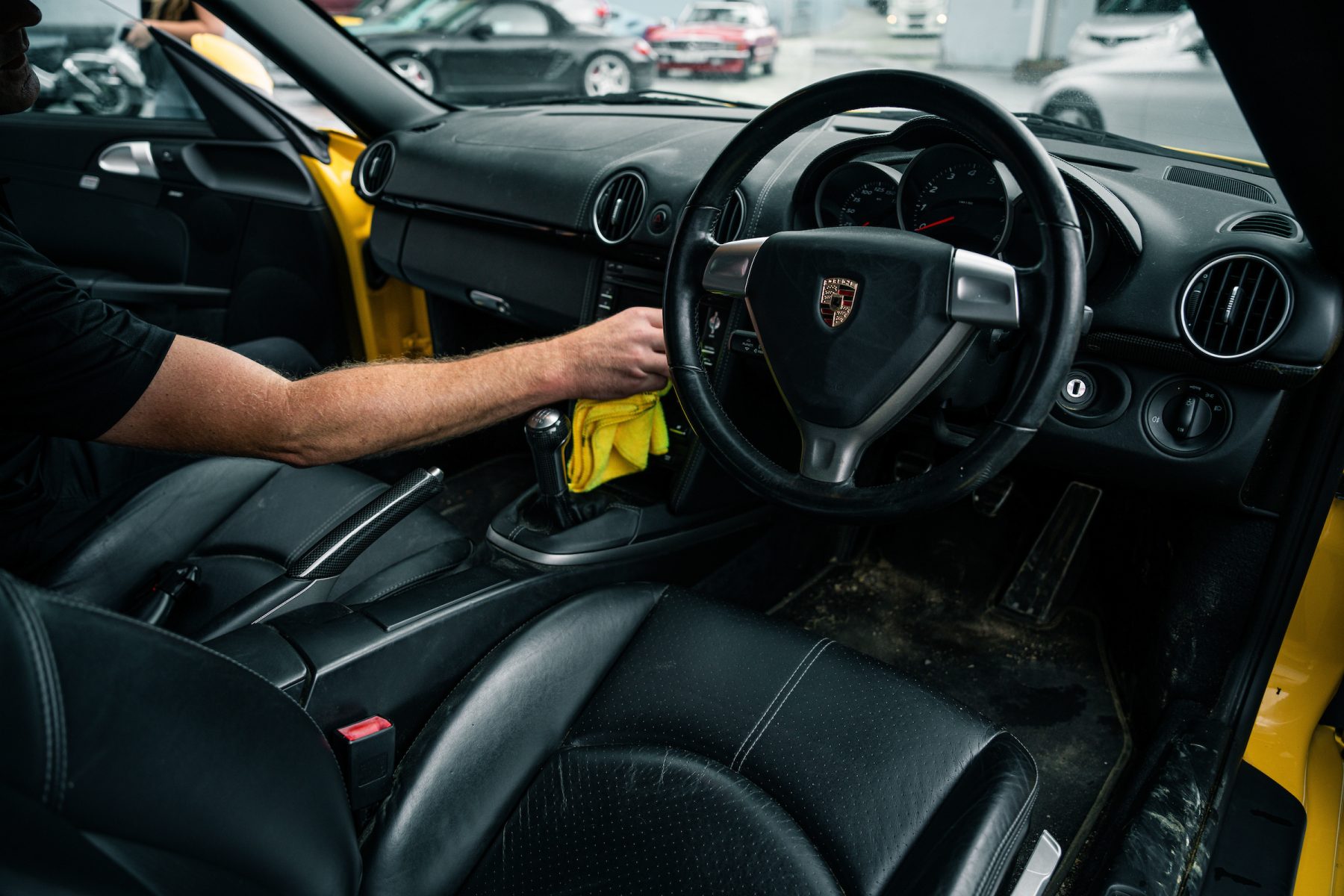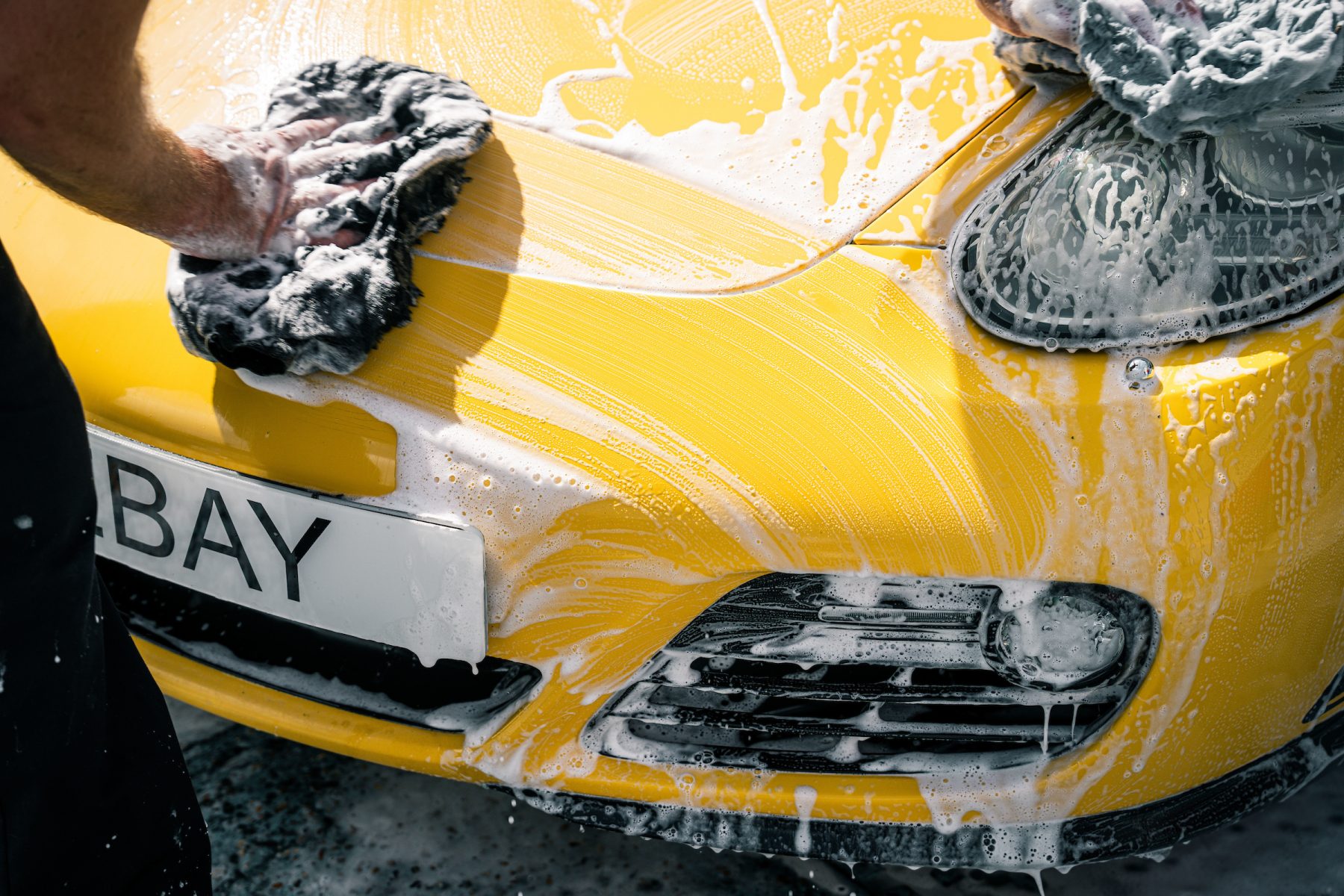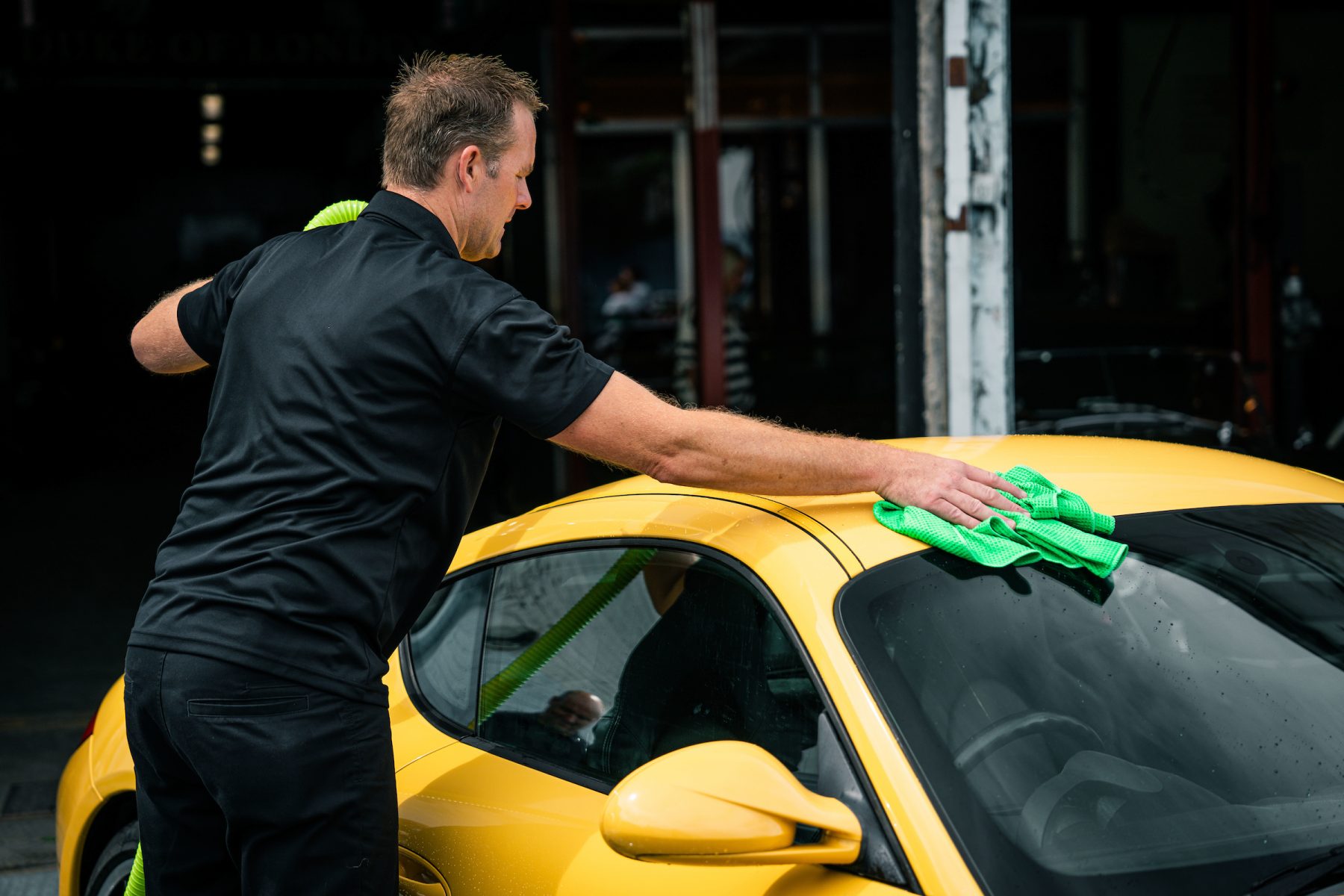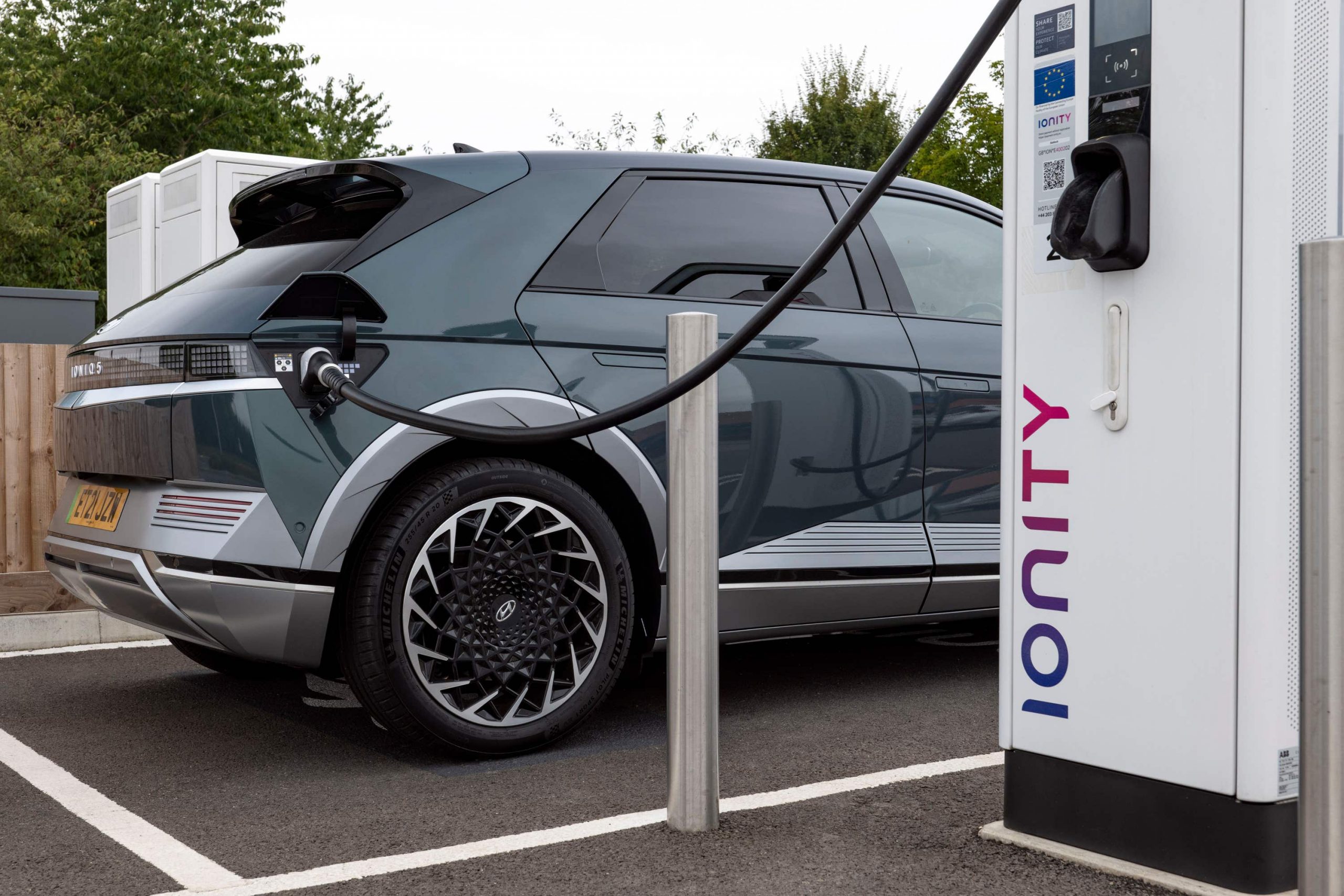Iceland has hit the headlines once again in recent months after significant seismic activity, earthquakes and the eruption on the Reykjanes peninsula in the southwest of the country on December 18.
The Icelandic Met Office continues to issue fresh warnings of another possible eruption as new cracks were spotted near the town of Grindavik – where its 4,000 residents were evacuated in mid-November.
Just a few days before the evacuation, and only a few miles away, we’re looking around somewhere you probably don’t want to be stood when there’s a risk of an eruption – a facility that produces methanol from carbon dioxide and hydrogen.
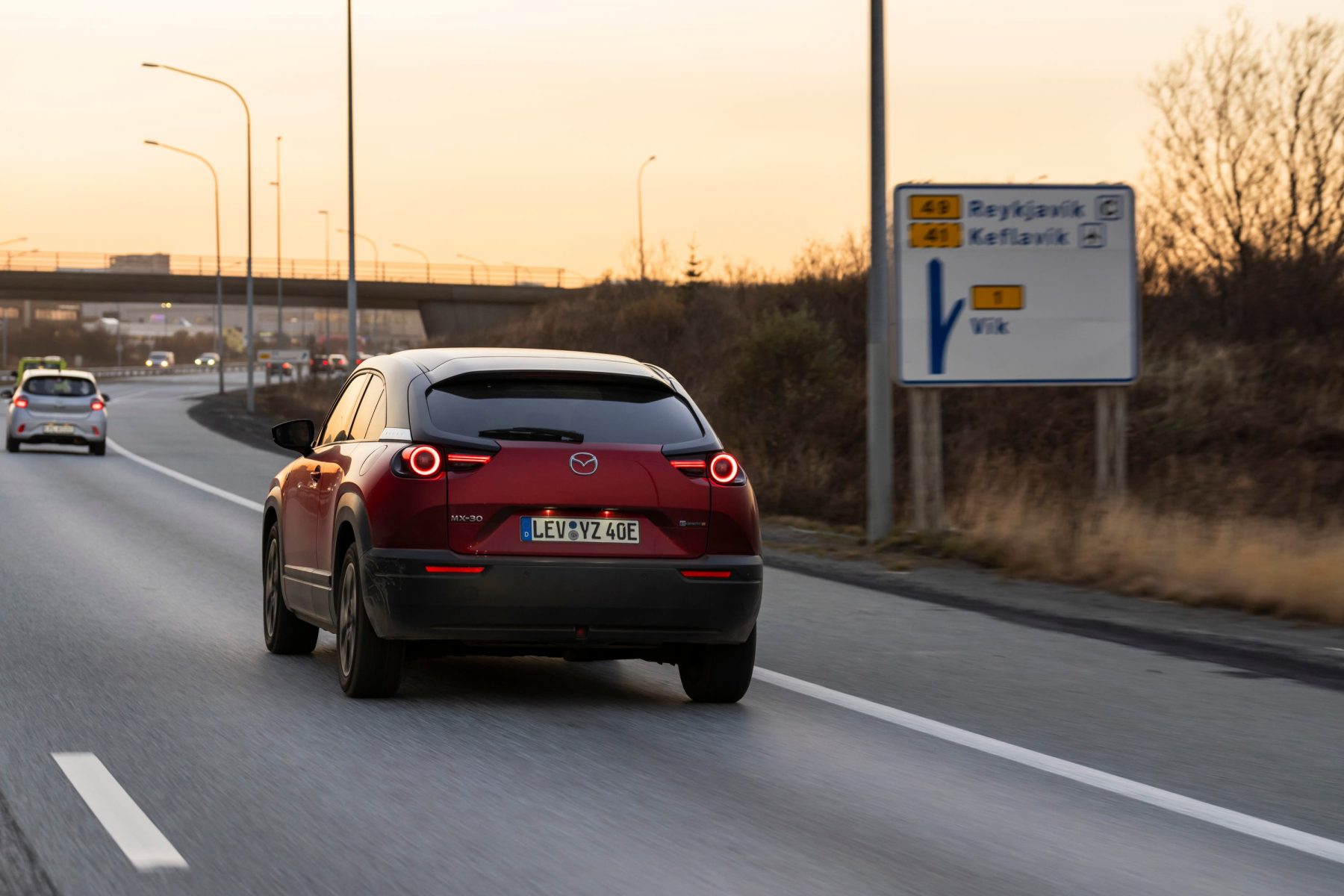
We’ve been told nearby land has risen by 10cm because of the seismic shifts while the famous Blue Lagoon geothermal waters, only a mile away from the Carbon Recycling International facility we’re looking around, closes on the same day because of volcanic activity. But Icelanders are aware of the risks and monitor things closely – it seems part and parcel of living on an ‘active’ island with around 130 volcanoes.
We’re looking around it for a reason though, as the plant essentially produces e-fuels which can take the place of petrol to sustainably power cars, and we’re with Mazda as it’s something the Japanese firm is a big believer in as it promotes e-fuels as an alternative to the increasing push to electrification. It’s putting a lot of money behind them too.
Though Mazda does sell an electric car – the MX-30 – it brings quite a lot of compromise, not least when it comes to its electric range of only 124 miles and considerably less in real-world conditions.
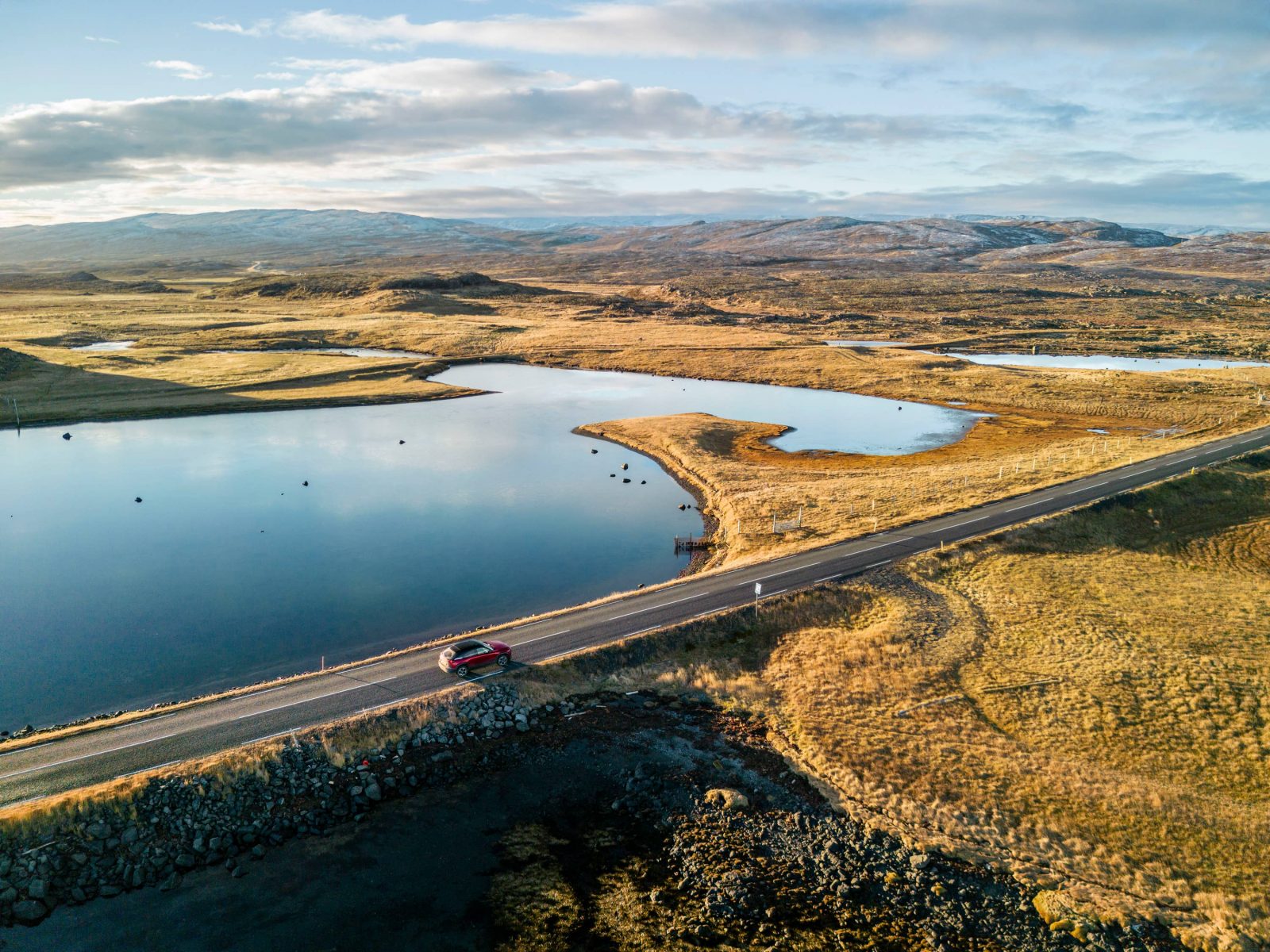
But Mazda now has an answer in the form of the MX-30 R-EV plug-in hybrid, which sees a return of a rotary engine in a Mazda for the first time in more than a decade. The firm has been one of the champions of this kind of engine, which sees the internal components work in a more circular motion, contrasting a conventional engine’s ‘up and down’ action – the benefit is that the engine uses fewer parts and takes up less space.
On the MX-30 R-EV, the engine works as a generator to power the electric motor, enabling a much longer range – with a 50-litre petrol tank allowing scope for many more miles without the need to charge, though Mazda still claims around 50 electric miles is possible once plugged in.
The increased range will come in handy today as we have 550km (342 miles) to cover up to Iceland’s northern coast. It’s a journey that could prove painful in the standard MX-30 because of its range, though Iceland is well ahead of the UK when it comes to EVs and their infrastructure.
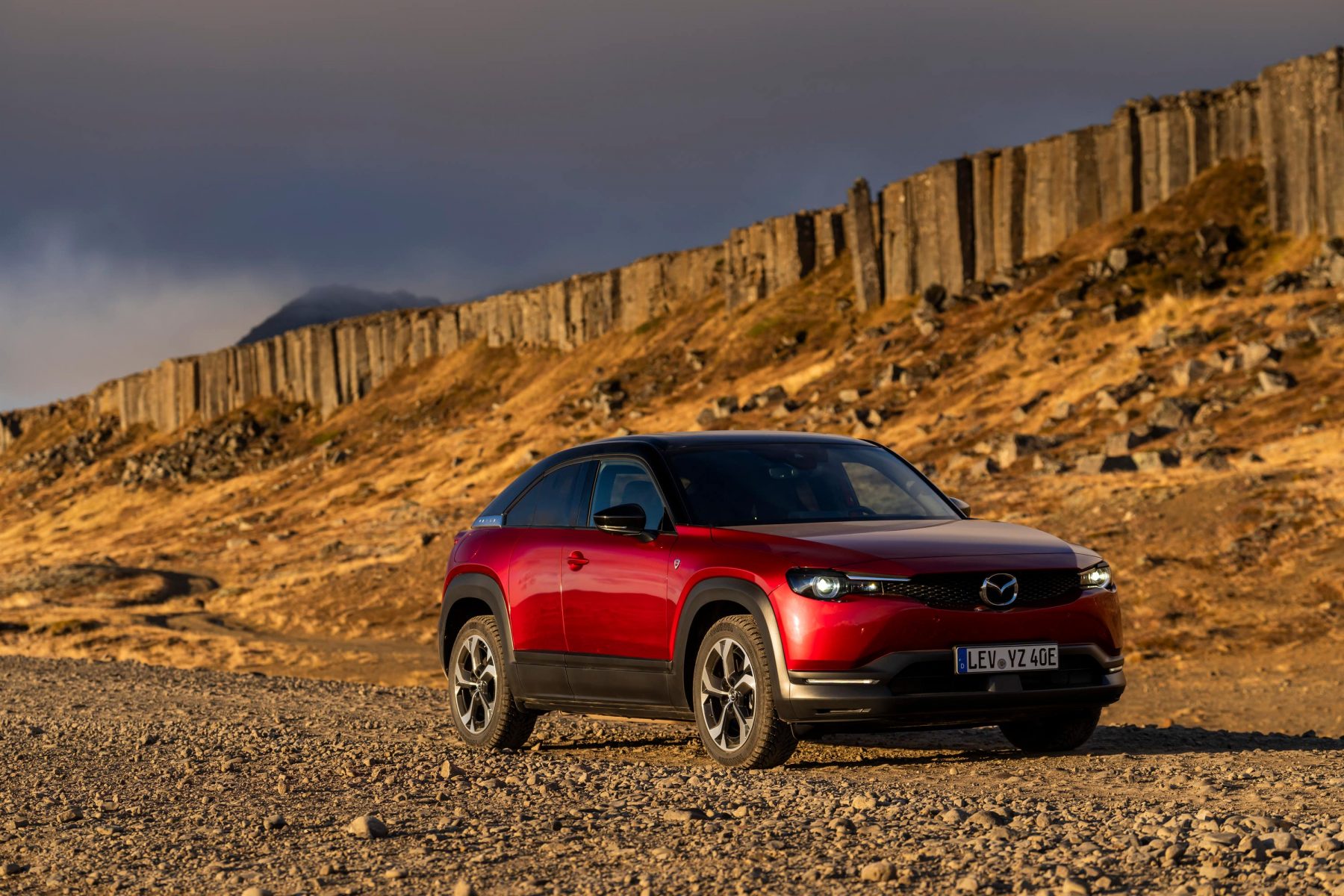
Despite the rugged nature of the island, more than 60 per cent of the population lives around the capital Reykjavik and many don’t travel all that far. That mixed with generous government incentives and impressive charging infrastructure means Iceland has the second highest share of combined plug-in hybrid and electric car sales of any country, only behind Norway.
Our day starts in Reykjavik at around 7am. Even in early November, the number of daylight hours is limited, so we are well out of the capital and into the wilderness before the sun starts to rise several hours later. The route takes us across both tarmacked roads and gravelled surfaces, with the latter ironically often being in a smoother and better condition than some of the UK’s roads.
The sun is just starting to show behind the mountains as we drive around Hvalfjörður, a fjord that stretches almost 20 miles inland. It’s a shame it’s almost still dark at this point as the ripples of the water look to be quite the spectacle. We go cross country next, and despite the MX-30 R-EV being a front-wheel-drive crossover, our cars are equipped with studded tyres. They’re pretty noisy on tarmac – at first, it’s as if you’ve got a puncture – but on gravel and icy surfaces, come into their own.
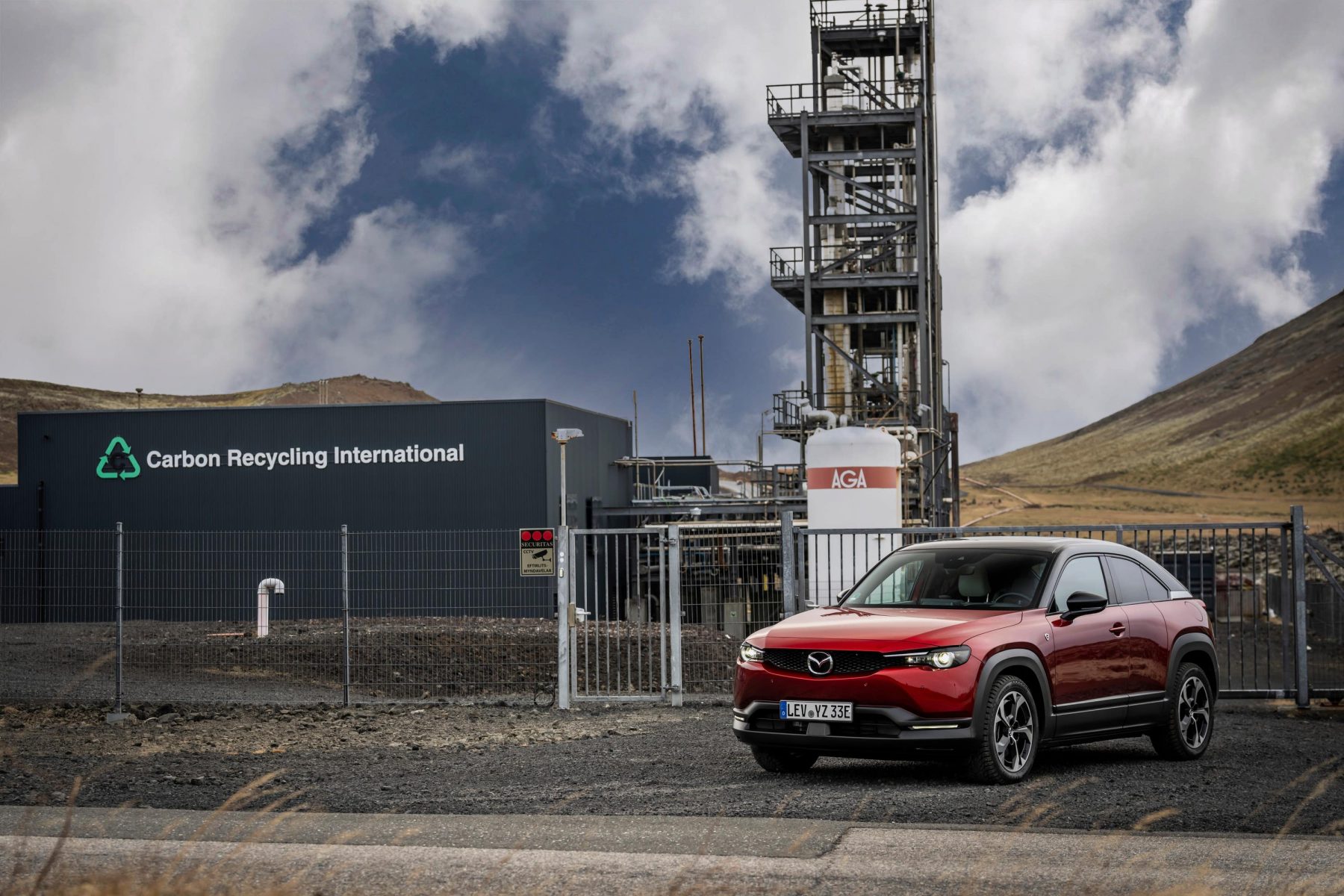
We join a piece of tarmac that forms Iceland’s Ring Road – a huge 828-mile loop around the island – heading up through the aptly-named town of Bifrost as the temperature drops from just above zero to well below. The wilderness here is open and bleak, with little in the way of civilisation until a petrol station emerges on the horizon. We’re told to fuel both the Mazda and ourselves here as there won’t be another stop for miles.
They’re not wrong, and as we leave the main tarmac and turn onto ‘road number 68’, we won’t pass another car for what seems like hours. The road flips from tarmac to dirt tracks with almost no notice and connects the villages of Borðeyri and Hólmavík, which are an incredible 63 miles apart, to give you an idea of how isolated this place is.
We start by driving alongside the Hrútafjörður fjord for 22 miles, and as the sun rises above the water, it’s nothing short of spectacular. We pause to get a few photos of the MX-30, painted in Mazda’s renowned Soul Red Crystal paint, which even covered in a hundred miles of dust, still looks exceptional.
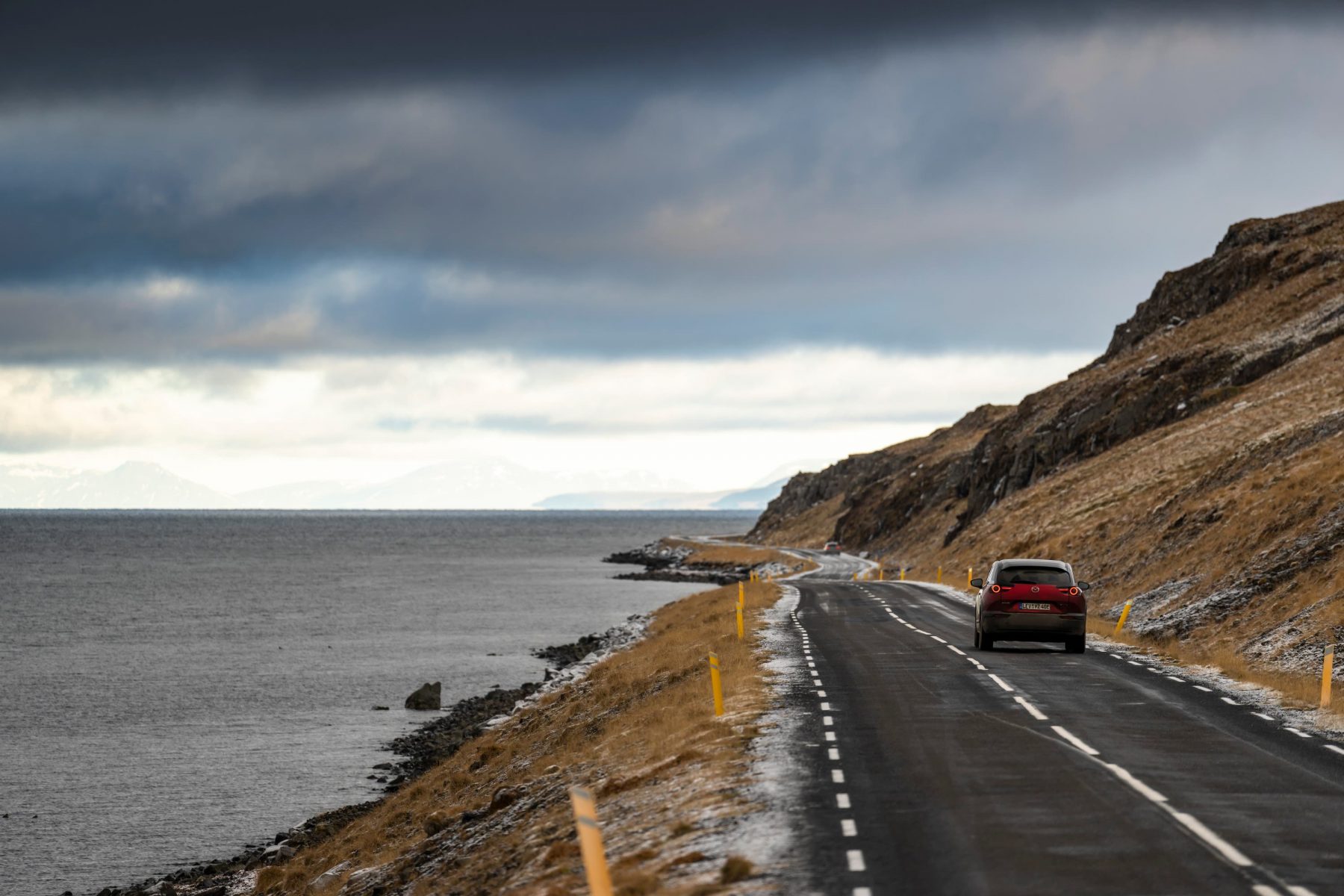
As the miles accumulate, we temporarily leave the coastline and head up into the mountains as the roads get snowier and the temperature drops again – minus 11 is the lowest we saw. With the studded tyres, though, the grip is remarkable. Not that you should, but even if you jump on the brakes, there’s next to no skidding at all. The ride quality from the MX-30, even on less-than-ideal road surfaces is impressive, with plenty of adjustment and padding to the seats ideal for hours behind the wheel.
We’ve got a flight to catch so our stopping time has to be kept to a minimum. But as we cut across from the village of Hólmavík across the mountains on Road 61 to Road 60 – there’s a lot to be said for Iceland’s logically named routes – we have to make a stop on the incredible link road across the Gilsfjörður fjord. It stretches for more than a mile to connect two pieces of land, and offers remarkable panoramic views. With a brisk easterly wind, you can’t stand in it for long without needing to jump back to the car; the MX-30’s Iceland-ready heated seats quickly get us back up to temperature again.
Road 60 runs us back to the main Ring Road near Bifrost and we stop at an eerily quiet restaurant. We question whether it’s even open as we step inside as we’re quite well off the beaten track still and well outside of tourist season to be greeted by a smiling waitress. We’re the only ones in the place during our whole visit. Not keen to try some of Iceland’s delicacies that include whale, puffin and reindeer (a month before Christmas it doesn’t feel right to be having Rudolph on our plate), we’re stocked up on conventional burgers and back on the road.
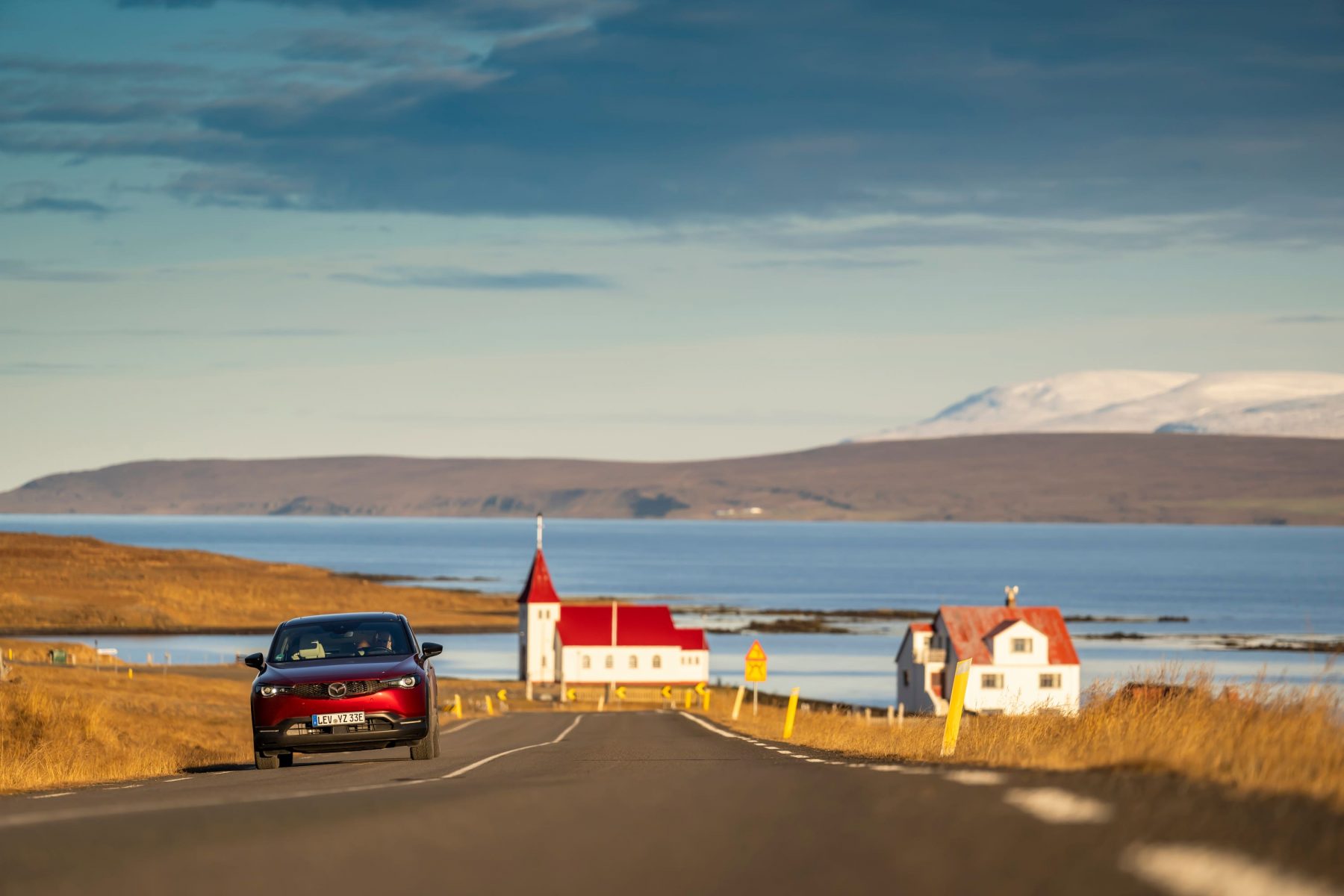
Iceland flicks between incredible scenery and industrial-looking factories at the flick of a button, and as we get closer to Reykjavik, we’re back into the latter. One last highlight is the Hvalfjörður Tunnel, which lasts for almost four miles underground and goes up to 165m below sea level. Originally a toll road, it’s been free since 2018 after the government took it over.
As we arrive back in Reykjavik, we look back at what has been an exceptional day of driving into some of the most spectacularly isolated places we’ve ever been. Even as the country continues to face more earthquakes and volcanic activity, it’s only a small southwestern region that is affected with Reykjavik and the rest of Iceland not impacted at the time of writing and still open for tourists, though it’s worth checking travel advice first.
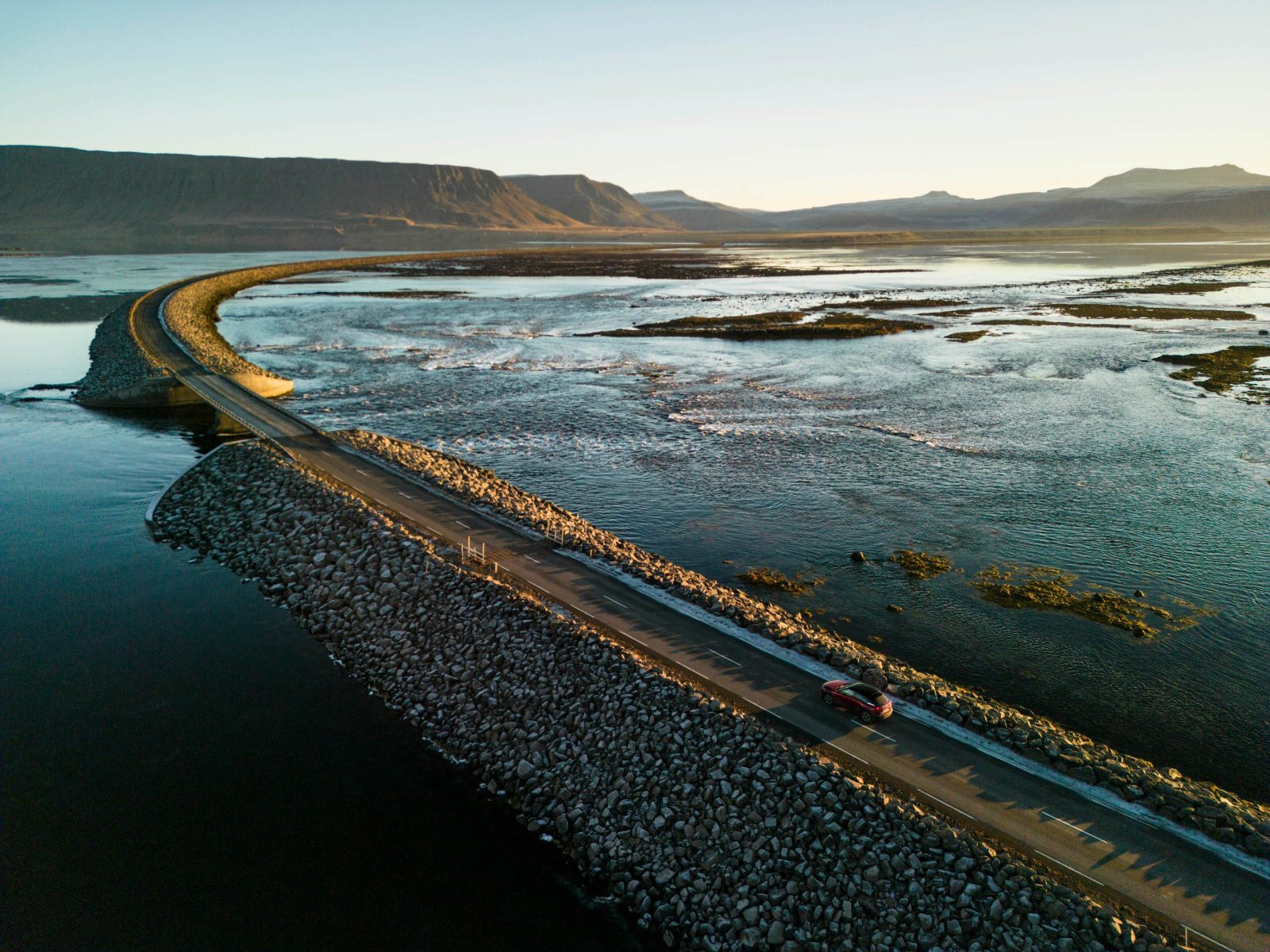
Most of Iceland’s tourists stick to the capital city and surrounding areas, but it’s worth heading a bit further north on a route like this to explore what else the country has to offer – and it can be easily done in a day.
Despite Iceland’s advanced electric vehicle provisions, this is a route where you really (and we mean really) don’t want to run out of juice, and is one of those journeys that a plug-in hybrid comes into its own. It’s an ideal showcase for the MX-30 R-EV – you can still potter around the city as an EV, but with the backup of the extended petrol range when you’re miles away from civilisation, as is so often the case in Iceland.


